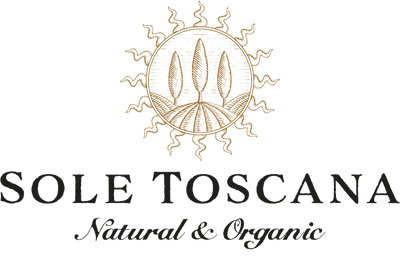Skincare experts recommend these steps for a good routine: cleansing, toning, treatment serum, moisturizing, sunscreen. But what about exfoliating? Do you need it?
If you want to keep the signs of aging at bay, then yes.
WHAT IS EXFOLIATION?
As we age, our skin becomes wrinkled, dull, and lackluster. It's also slower in shedding old skin cells, which can clog pores. Exfoliating helps to eliminate impurities, old skin cells, and oils.
Types of exfoliation
There are two methods of exfoliation:
MECHANICAL EXFOLIATION
This method involves using a textured tool (like facial brushes or sponges) when cleansing. You could also use a facial scrub.
Depending on your skin's needs, do your manual exfoliation 2-3 times a week.

CHEMICAL EXFOLIATION
Chemical exfoliation goes beyond the outer skin layer. It involves chemicals such as natural enzymes and hydroxy acids (lactic, salicylic, glycolic).
NOTE: The word chemical doesn't mean the product is harmful to the skin unless you misuse it. These chemical acids are derived from sugars, fruits, nuts, milk, and plants.
Alpha hydroxy acids (AHAs) exfoliate the skin, while beta hydroxy acids (BHAs) such as salicylic acid (from white willow bark) clear out excess oil and impurities.
GO FOR NATURAL!
Enzymes are beneficial for our skin too. Fruits such as pineapple and papaya contain these enzymes. When applied topically, they leave your skin feeling incredibly soft and refreshed.
Remember: You should be conscious of the ingredients in skincare products. Since naturally derived is best, why not try this do-it-yourself exfoliating mask?
Lactic acid mask
Lactic acid makes the skin feel smooth. It balances the skin's pH and increases hydration. You can find it in your kitchen- in powdered milk.
INGREDIENTS
One tablespoon of organic powdered milk
Raw apple cider vinegar (contains natural alpha hydroxy acids)
DIRECTIONS
- Place the powdered milk into a bowl then add a few drops of apple cider vinegar. Add the ACV a little at a time until you form a smooth paste. If it gets too watery, add more powdered milk.
- Apply the mask to your freshly washed face using either a mask brush or your fingers.
- Let the mask sit for at least 15 minutes.
- Rinse off with warm water and a soft washcloth.
- Pat the skin dry then apply your facial moisturizer. Enjoy this mask once a week.
*Note: Your skin might tingle slightly upon application of the mask. There might also be a little redness when you wash it off. This is normal and shouldn't be a cause for alarm.
Other advantages of exfoliating
- Helps other skincare products penetrate deeper into your skin
- Evens out your skin tone
- Nourishes your skin cells leaving your skin feeling revived
With love,
The Sole Toscana Beauty Team


